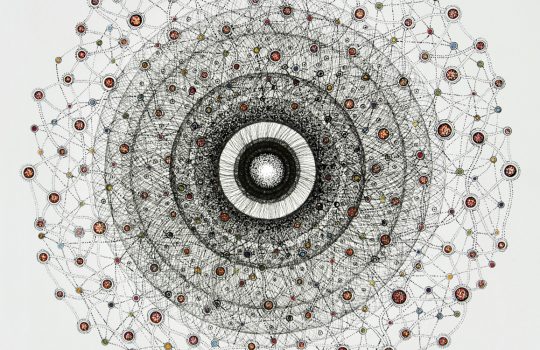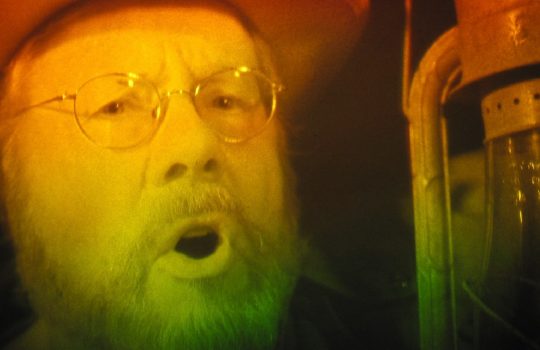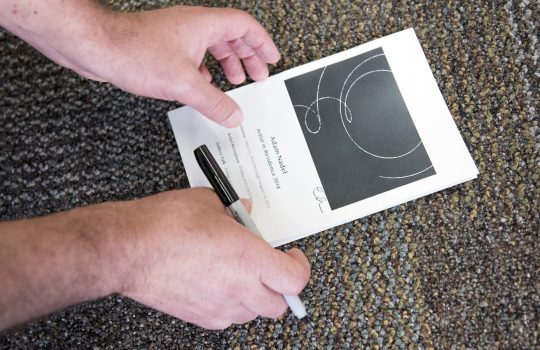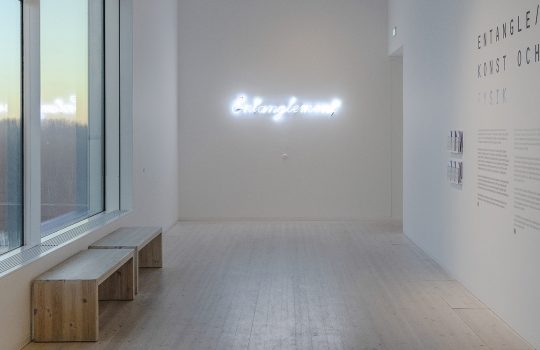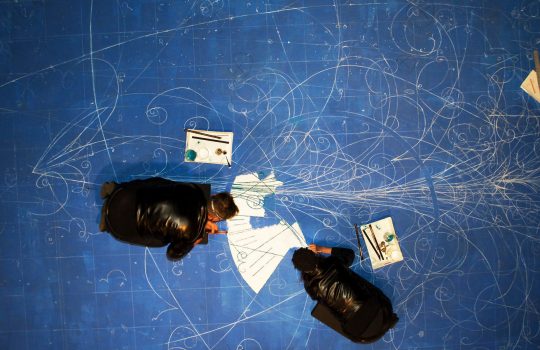Multimedia artists Chris Klapper and Patrick Gallagher and composer David Ibbett selected as Fermilab’s 2020 artists-in-residence and guest composer
Continuing the yearly induction of a new artist-in-residence each year, Fermilab is welcoming a pair of artists and the lab’s first guest composer to the lab in 2020.



